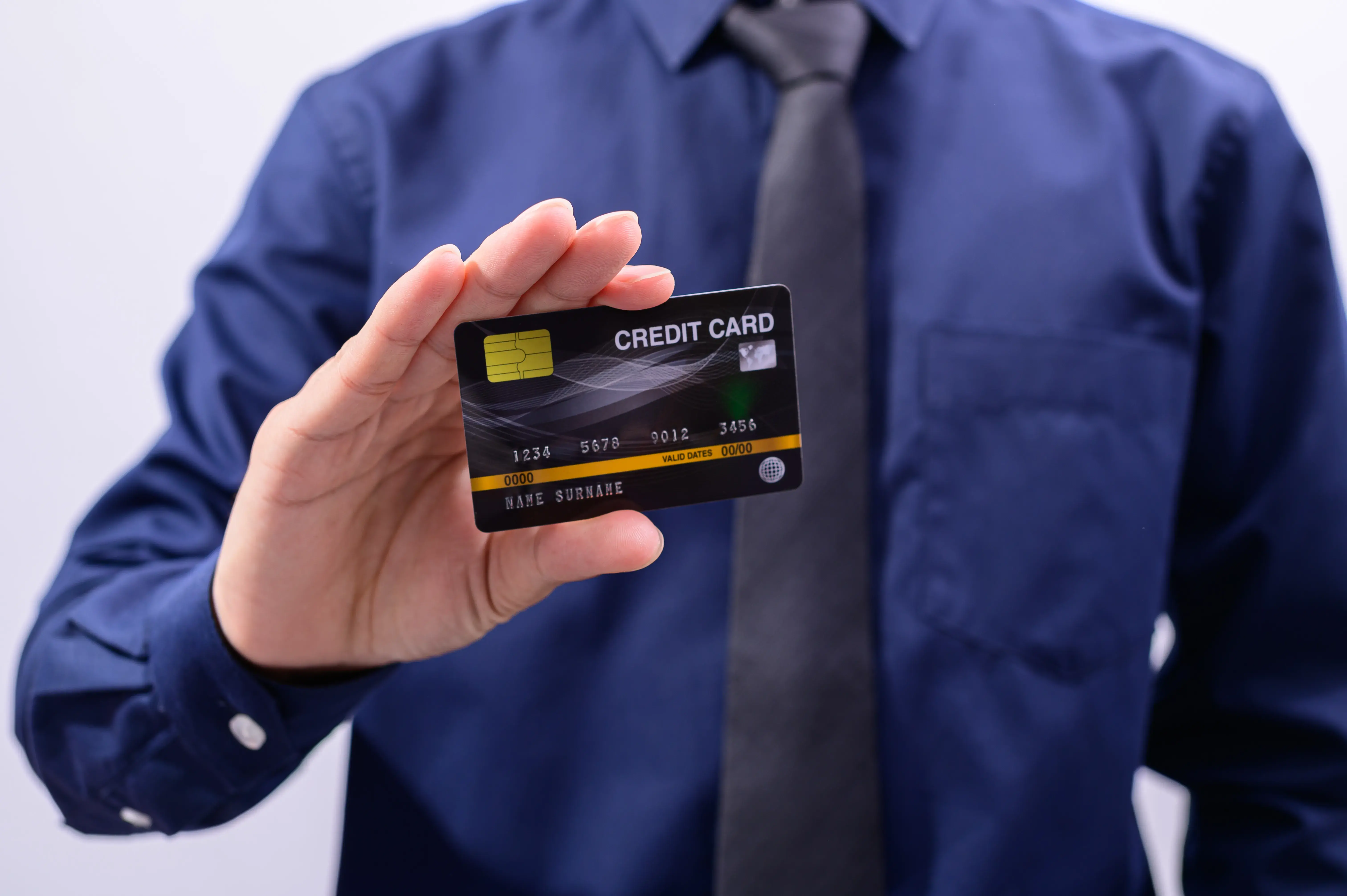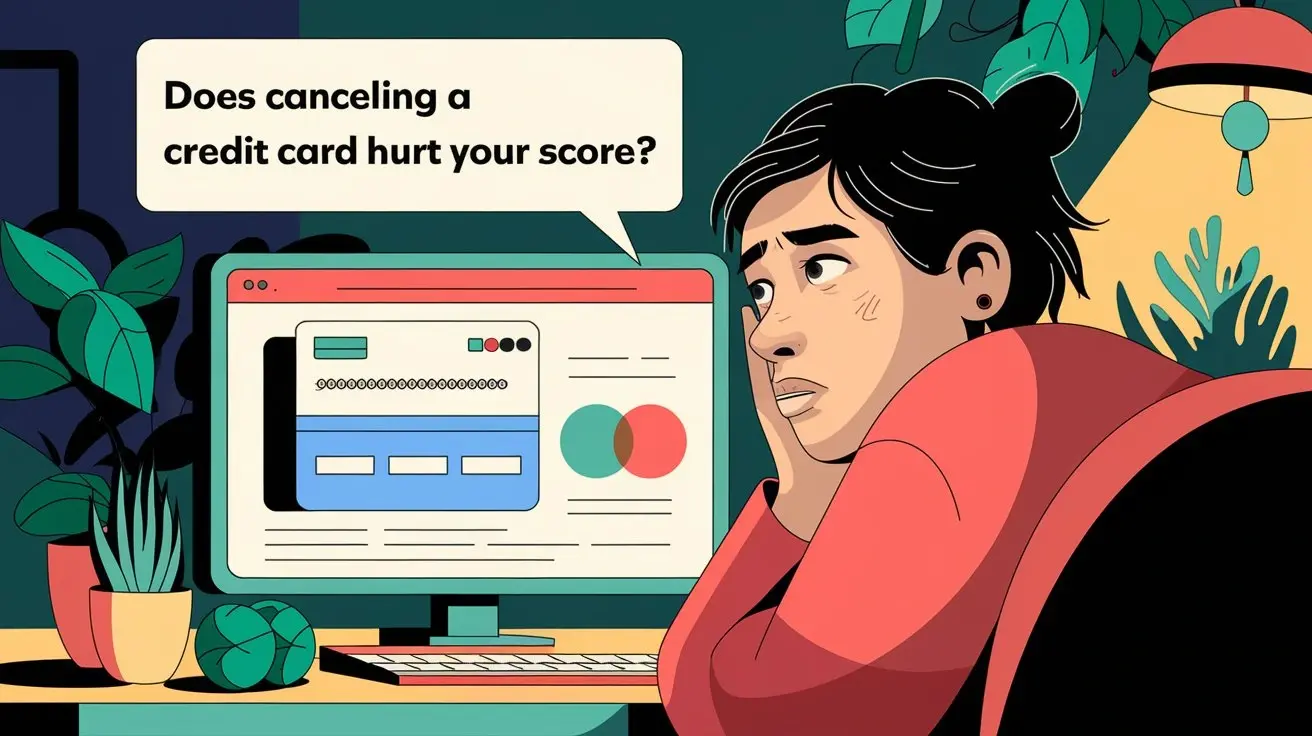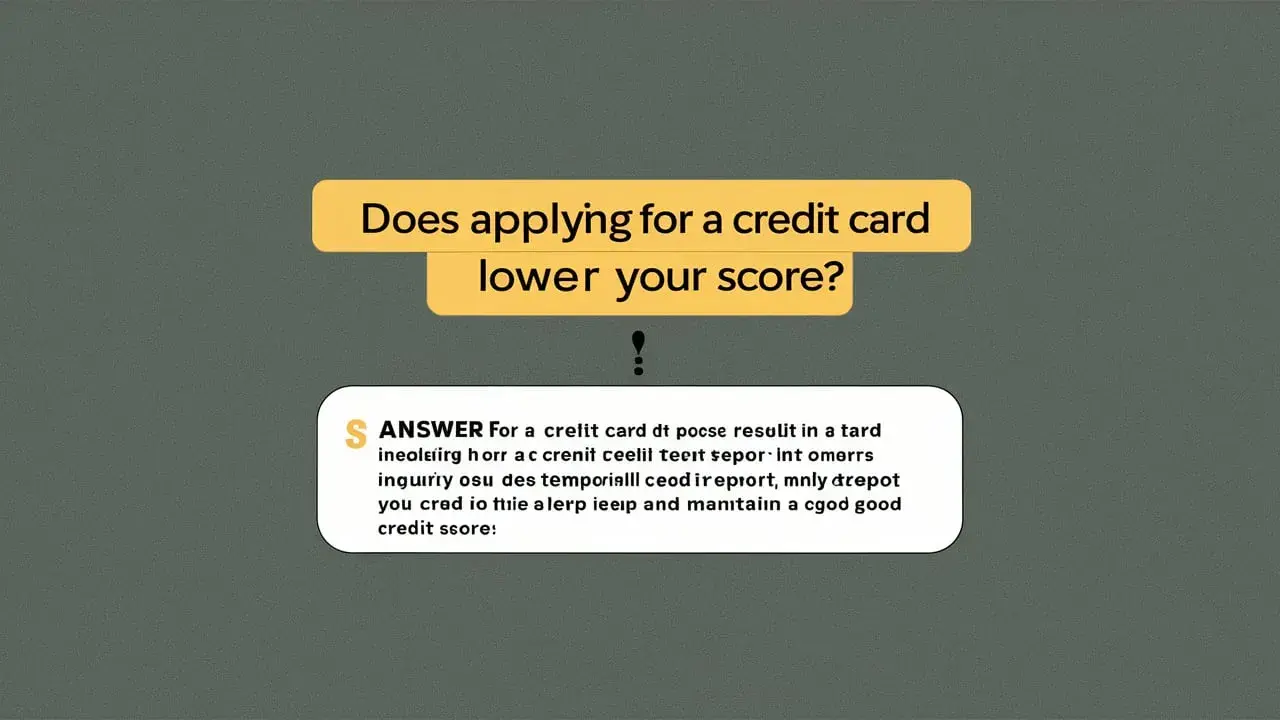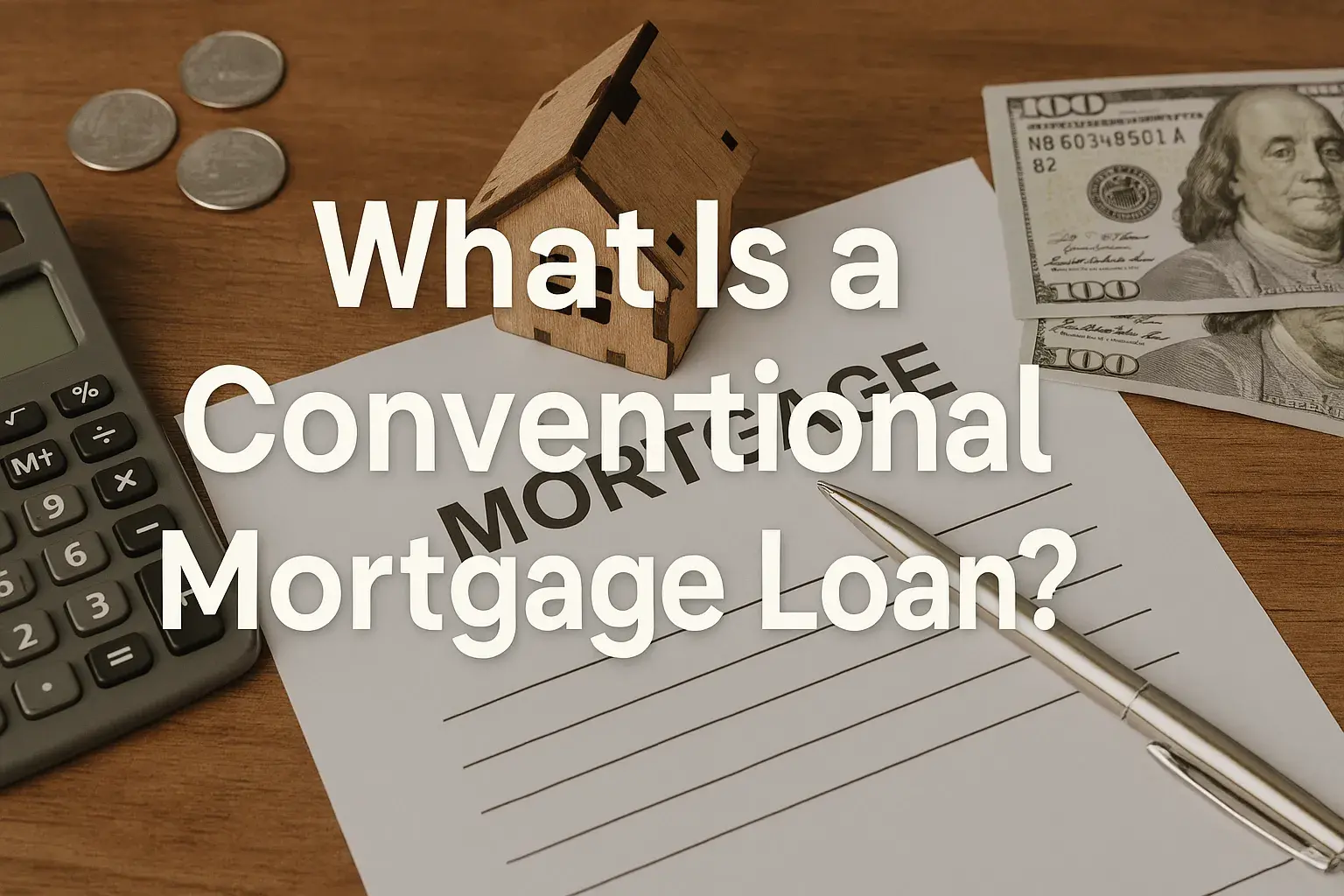-
Posted on: 26 Jul 2024

-
Credit card debt can feel like a heavy burden, weighing you down and hindering your financial progress. But don't despair! It's absolutely possible to wipe out your credit card debt and achieve financial freedom. This comprehensive guide will walk you through proven strategies, offering practical advice and actionable steps to help you regain control of your finances.
Understanding Your Credit Card Debt
Before you can effectively tackle your debt, it's crucial to understand its scope and composition. This involves analyzing several key aspects:
- Total Debt Amount: Calculate the total amount owed across all your credit cards. This provides a clear picture of the overall debt burden.
- Interest Rates: Identify the interest rate (APR) for each credit card. Higher interest rates mean your debt grows faster, making them a priority.
- Minimum Payments: Understand the minimum payment due on each card. While paying only the minimum keeps your account in good standing, it significantly prolongs the repayment period and drastically increases the total interest paid.
- Spending Habits: Analyze your spending patterns. Identifying areas where you can cut back is essential for freeing up funds to dedicate to debt repayment.
Gathering this information will allow you to create a targeted and effective debt repayment plan.
Creating a Realistic Budget
A budget is the cornerstone of any successful debt repayment strategy. It provides a clear roadmap for managing your income and expenses, ensuring you have enough funds to allocate towards your debt.
Steps to Creating a Budget:
- Track Your Income: Accurately record all sources of income, including salary, freelance work, or any other regular income streams.
- Track Your Expenses: Meticulously track all your expenses for at least a month. Categorize them into fixed expenses (rent/mortgage, utilities, insurance) and variable expenses (groceries, entertainment, dining out). Tools like budgeting apps (Mint, YNAB - You Need A Budget) or spreadsheets can be incredibly helpful.
- Identify Areas to Cut Back: Analyze your spending habits and identify non-essential expenses that can be reduced or eliminated. This could include dining out, subscriptions, entertainment, or impulse purchases.
- Allocate Funds to Debt Repayment: After accounting for essential expenses, allocate as much as possible to your credit card debt. This is the key to accelerating your repayment progress.
- Regularly Review and Adjust: Your budget is not set in stone. Regularly review it (at least monthly) and adjust it as needed based on changes in your income or expenses.
Debt Payoff Strategies
Once you have a budget in place, it's time to choose a debt payoff strategy. There are two popular methods:
1. The Debt Snowball Method
The debt snowball method focuses on paying off the smallest debt first, regardless of the interest rate. The psychological boost of eliminating a debt quickly can be highly motivating and helps build momentum. Here's how it works:
- List all your debts from smallest balance to largest balance.
- Make minimum payments on all debts except the smallest one.
- Throw every extra dollar you can towards the smallest debt until it's paid off.
- Once the smallest debt is gone, move on to the next smallest debt, adding the payment you were making on the first debt to the minimum payment of the second debt.
- Repeat this process until all your debts are paid off.
2. The Debt Avalanche Method
The debt avalanche method prioritizes paying off debts with the highest interest rates first. This approach minimizes the total interest paid over the long term, making it the most mathematically efficient strategy. Here's how it works:
- List all your debts from highest interest rate to lowest interest rate.
- Make minimum payments on all debts except the one with the highest interest rate.
- Throw every extra dollar you can towards the debt with the highest interest rate until it's paid off.
- Once the highest interest debt is gone, move on to the next highest interest debt, adding the payment you were making on the first debt to the minimum payment of the second debt.
- Repeat this process until all your debts are paid off.
Which method is right for you? The debt snowball method offers quicker wins and psychological motivation, while the debt avalanche method saves you more money in the long run. Choose the strategy that best aligns with your personality and financial goals.
Balance Transfers: A Strategic Approach
A balance transfer involves transferring your high-interest credit card debt to a new credit card with a lower interest rate, often a 0% introductory APR. This can be a powerful tool for saving money on interest and accelerating your debt repayment.
Benefits of Balance Transfers:
- Lower Interest Rates: Significantly reduce or eliminate interest charges, allowing more of your payment to go towards the principal balance.
- Simplified Payments: Consolidate multiple debts into a single payment, making it easier to manage your finances.
- Faster Repayment: Accelerate your debt repayment progress by reducing interest accrual.
Things to Consider Before a Balance Transfer:
- Balance Transfer Fees: Most balance transfer cards charge a fee, typically 3-5% of the transferred balance. Factor this fee into your decision.
- Credit Score Requirements: You typically need a good to excellent credit score to qualify for balance transfer cards with the best terms.
- Introductory Period: The 0% APR is usually for a limited time (e.g., 12-18 months). Make sure you can pay off the balance within that period, or the interest rate will revert to a higher rate.
- Spending Temptation: Avoid racking up new debt on the old credit cards after transferring the balance. The goal is to eliminate debt, not add to it.
Debt Consolidation Loans
A debt consolidation loan involves taking out a new personal loan to pay off multiple existing debts, including credit card debt. The goal is to replace several high-interest debts with a single loan at a lower interest rate.
Benefits of Debt Consolidation Loans:
- Lower Interest Rate: Potentially secure a lower interest rate than your existing credit cards, saving you money on interest charges.
- Simplified Payments: Consolidate multiple debts into a single monthly payment, making budgeting and repayment easier.
- Fixed Repayment Schedule: Enjoy a fixed repayment schedule with predictable monthly payments.
Things to Consider Before a Debt Consolidation Loan:
- Credit Score Requirements: You'll need a decent credit score to qualify for a debt consolidation loan with favorable terms.
- Loan Fees: Be aware of any origination fees or other loan-related fees.
- Repayment Term: Consider the loan's repayment term. A longer term may result in lower monthly payments but higher total interest paid over the life of the loan.
- Avoid Racking Up New Debt: As with balance transfers, avoid accumulating new debt on your credit cards after consolidating.
Debt Management Plans (DMPs)
A Debt Management Plan (DMP) is a structured repayment program offered by credit counseling agencies. It involves working with a credit counselor to create a budget and a repayment plan for your unsecured debts, such as credit card debt. The credit counseling agency then negotiates with your creditors to potentially lower your interest rates and monthly payments.
How Debt Management Plans Work:
- Credit Counseling: You'll receive a free credit counseling session to assess your financial situation.
- Debt Assessment: The credit counselor will analyze your debts, income, and expenses.
- Negotiation with Creditors: The credit counseling agency will negotiate with your creditors to lower interest rates and monthly payments.
- Consolidated Payments: You'll make a single monthly payment to the credit counseling agency, which then distributes the funds to your creditors.
Benefits of Debt Management Plans:
- Lower Interest Rates: Potentially reduce interest rates on your credit card debts.
- Simplified Payments: Make a single monthly payment instead of multiple payments to different creditors.
- Structured Repayment Plan: Follow a structured plan to pay off your debt within a reasonable timeframe.
- Credit Counseling Support: Receive ongoing support and guidance from a credit counselor.
Things to Consider Before a Debt Management Plan:
- Fees: Credit counseling agencies typically charge a small monthly fee for their services.
- Account Closures: You may be required to close your credit card accounts as part of the DMP.
- Credit Score Impact: Enrolling in a DMP may have a temporary negative impact on your credit score.
- Not a Quick Fix: DMPs typically take 3-5 years to complete.
Negotiating with Creditors
You can try to negotiate directly with your credit card companies to lower your interest rates or monthly payments. While there's no guarantee of success, it's worth a shot, especially if you're facing financial hardship.
Tips for Negotiating with Creditors:
- Be Polite and Professional: Treat the customer service representative with respect.
- Explain Your Situation: Clearly explain your financial hardship and why you're struggling to make payments.
- Request a Lower Interest Rate: Ask if they can lower your interest rate to make your payments more manageable.
- Request a Payment Plan: Inquire about a payment plan that fits your budget.
- Document Everything: Keep records of all your conversations and agreements.
Increasing Your Income
While cutting expenses is crucial, increasing your income can significantly accelerate your debt repayment progress. Consider exploring these options:
- Ask for a Raise: If you've been performing well at your job, consider asking for a raise.
- Take on a Side Hustle: Explore freelance work, part-time jobs, or other income-generating opportunities.
- Sell Unwanted Items: Declutter your home and sell items you no longer need.
Avoiding Future Debt
Once you've successfully wiped out your credit card debt, it's essential to avoid repeating the same mistakes that led to debt in the first place. Here are some tips for maintaining financial stability:
- Live Within Your Means: Spend less than you earn.
- Create a Budget and Stick to It: Continue to track your income and expenses.
- Save for Emergencies: Build an emergency fund to cover unexpected expenses.
- Avoid Impulse Purchases: Think carefully before making non-essential purchases.
- Use Credit Cards Responsibly: Pay your balance in full each month to avoid interest charges.











